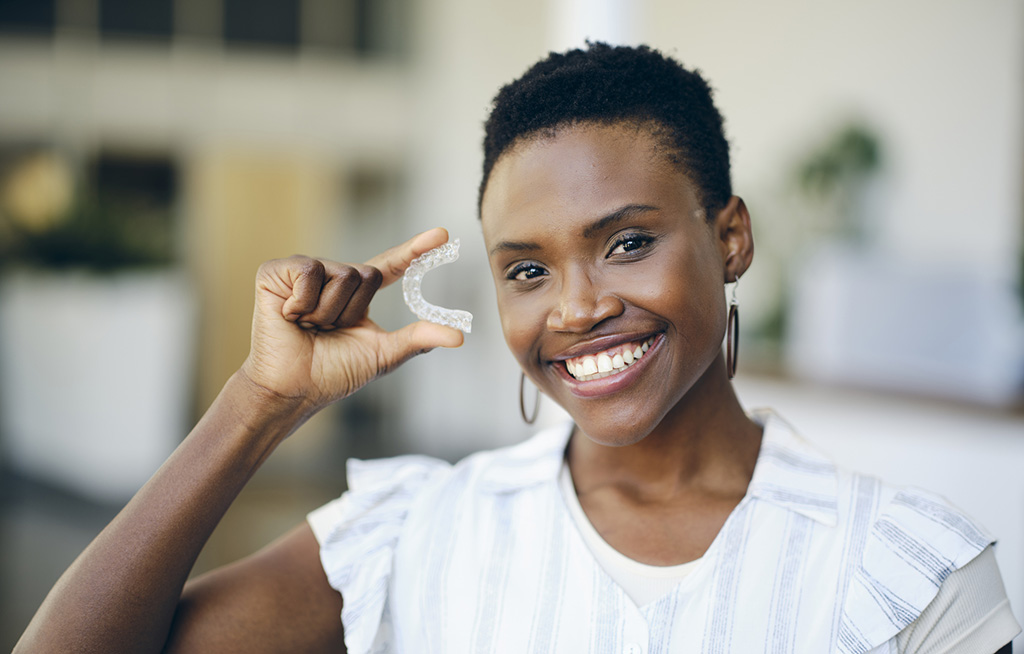More Cosmetic Dentistry Services
At our practice, we believe everyone deserves to feel confident in their smile. Our experienced and compassionate team is dedicated to providing exceptional cosmetic dentistry services that enhance your smile’s natural beauty. Whether you’re looking to brighten your teeth, correct imperfections, or achieve a complete smile makeover, we offer personalized treatments designed to meet your aesthetic goals.
From teeth whitening and porcelain veneers to cosmetic bonding and crowns, we use the latest techniques to transform your smile with precision and care. Our focus is on creating results that look natural, giving you a radiant smile that boosts your confidence.
No matter your age or dental history, our friendly and professional team is here to guide you through every step of your cosmetic journey. We prioritize your comfort and ensure that each visit leaves you feeling more confident and excited about your smile. Let us help you discover the beautiful, confident smile you’ve always wanted!


